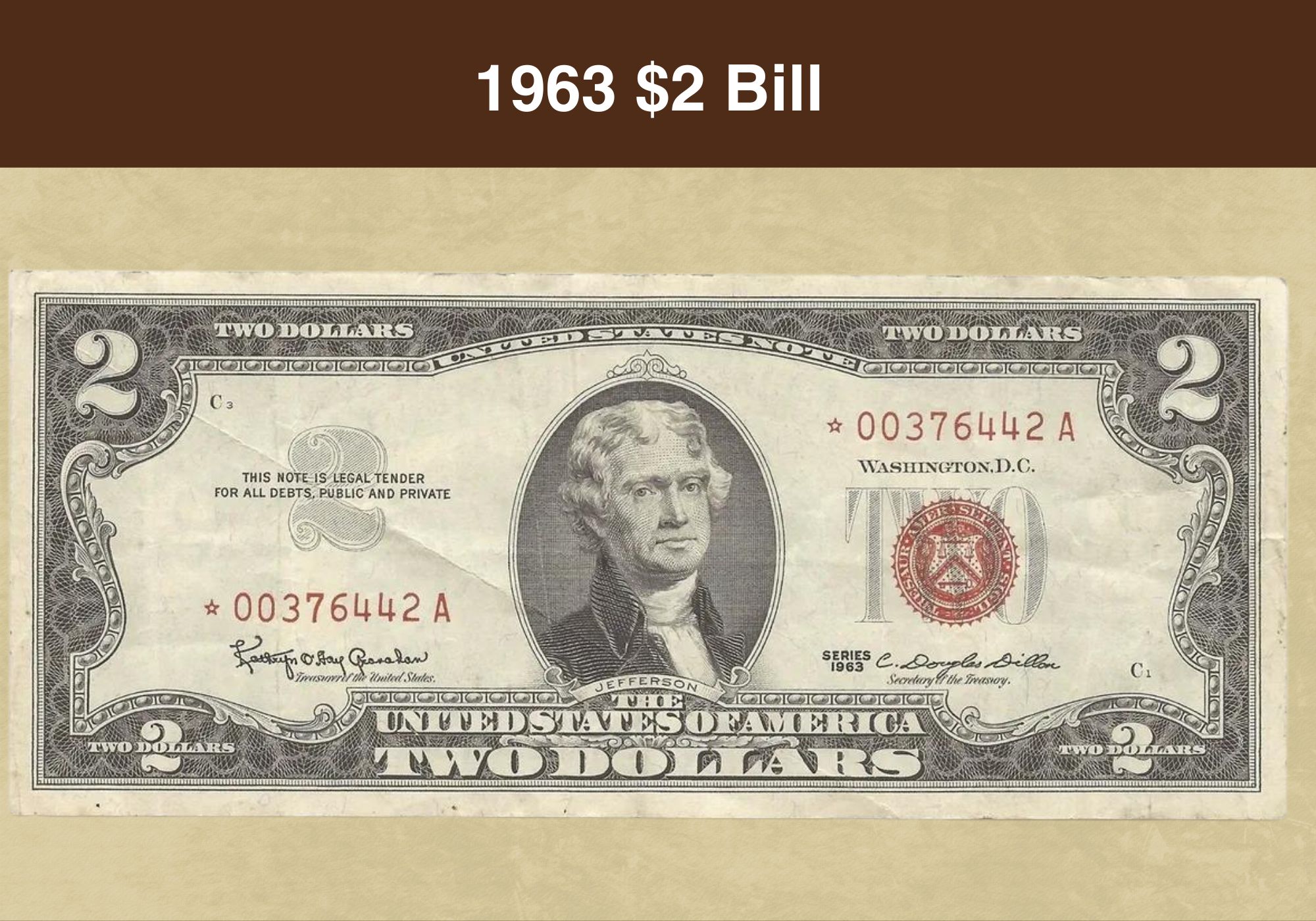
Coin Value Contents Table
If you’ve found a $2 bill dated 1963, you might be wondering if it’s valuable. The good news is, we have all the information you need to find out!
We’re going to explore the 1963 $2 bill value, design and history. We’ll learn what separates an ordinary note from one that collectors are willing to spend big money on. And we’ll discover what features to look for in your own $2 bill.
Ready to get started? Then step this way!
1963 $2 Bill Value Chart |
||||
| Series | Circulated | Uncirculated 60 | Gem Uncirculated 66 | Superb Gem Uncirculated 69 |
| 1963 $2 Non-Star Bill Value | $3 | $15 | $50 | $1,200 |
| 1963 $2 Star Bill Value | $10 | $30 | $85 | $2,000 |
| 1963A $2 Non-Star Bill Value | $3 | $15 | $50 | $1,200 |
| 1963A $2 Star Bill Value | $10 | $30 | $85 | $2,000 |
1963 $2 Bill History
The first ever US $2 bills were issued in 1862. They were part of the government’s tactics to cover its costs during the Civil War. They were a type of note known as Legal Tender Notes, and they bore the image of Alexander Hamilton.
Different types of $2 bill were produced over the years, with various designs. The portrait of Thomas Jefferson we’re familiar with on modern notes also appears on the 1963 versions. It was first introduced back in 1869.
The earliest $2 bills were larger than modern versions. As well as Legal Tender Notes, the $2 bill was produced as a Silver Certificate, Treasury Note, National Bank Note, and Federal Reserve Bank Note.
Two series were dated 1963, the 1963 series and the 1963A. Both were Legal Tender Notes. And both can be used to this day.
$2 bills have never really caught on for everyday use, however. In 1966, their production was discontinued. A decade later, it resumed, and the most recent series was dated 2017A.
The public’s lack of familiarity with the denomination has caused some issues over the years.
In 2005, a man in Baltimore who tried to pay for his purchase with $2 bills with ink smears found himself in jail. The shopkeeper and police wrongly believed he was trying to use counterfeit money.
And eleven years later, a 13-year-old schoolgirl was detained by police for trying to use a perfectly legal $2 bill to pay for her lunch in the school cafeteria.
Today, some special interest groups make a point of using $2 bills. Fans of Clemson University’s athletics teams use them when they travel to out-of-town events. And they’re popularly used for tipping in “gentlemen’s” clubs.
Features of the 1963 $2 Bill
The Obverse of the 1963 $2 Bill
At the center of the obverse of the 1963 and 1963A $2 bills is a portrait of President Thomas Jefferson. A banner beneath his image carries his surname.
The digit “2” appears at each corner. Those at the top corners are larger than those at the bottom. And the lower digits have the words “TWO DOLLARS” superimposed on them.
The denomination appears written in full three more times. It is inscribed on the left and right-hand sides of the border at the top. And it appears in larger lettering centered at the bottom of the bill.
A large “2” is printed in gray to the left of Jefferson’s portrait. On top of it are inscribed the words “THIS NOTE IS LEGAL TENDER FOR ALL DEBTS PRIVATE AND PUBLIC”.
Below that is one of the pair of serial numbers, printed in red. And beneath that is the signature of Kathryn Elizabeth Granahan, then the US Treasurer.
One notable absence is the legend “WILL PAY TO THE BEARER ON DEMAND”. That was removed from the 1963 series.
To the right of Jefferson’s portrait, the Treasury seal is printed in red over the word “TWO” in large font. Above it is the second serial number, also in red.
Below the seal is the series number and the signature of the Secretary of the Treasury. For the 1963 series, that signature belongs to Clarence Douglas Dillon. For the 1963A series, it is the signature of Henry Hammill Fowler.
Look closely above Jefferson’s portrait, and you’ll see a banner reading “UNITED STATES NOTE”. This is another term for the Legal Tender Note. And immediately below the legend identifying the former president are the words “THE UNITED STATES OF AMERICA”.
The Reverse of the 1963 $2 Bill
The reverse of the 1963 and 1963A $2 bills are the same. They show an impressive building with a cupola and portico. The inscription beneath identifies it as Monticello, Jefferson’s vast estate in Virginia.
Above the image, the country name appears on a banner above the motto “IN GOD WE TRUST”. The denomination is printed in full as “TWO DOLLARS” four times, twice at the top and twice (smaller) at the bottom of the bill.
The digit two is printed large on either side of the bill, with the word “TWO” superimposed on top of it. And “TWO” appears twice more, in the lower left and right-hand corners.
The whole of the reverse is printed in green ink.
Other Features of the 1963 $2 Bill
Both series of $2 bills printed with the date 1963 are what’s known as “small sized notes”. They get their name from the comparison with earlier paper money, which were almost twice the size. They measure 156 millimeters across by 66 high, the same as modern notes.
They’re made from plant fibers, a mixture of 75 per cent linen and 25 per cent cotton fibers.
This YouTube video from Variety & Errors shows a number of 1963 $2 bills in varying condition.
1963 $2 Bill Value Guides
1963 $2 Bill Value
To check which series your $2 bill belongs to, take a look at the obverse. To the right of Jefferson’s portrait, in small print, you’ll see either “SERIES 1963” or “SERIES 1963 A”.
There are four key factors that influence the value of $2 bills from either series.
The first is whether the bill has a star alongside its serial number or not. Star bills were printed to replace defective bills. As such, they’re much rarer than non-star bills, which increases their value to collectors.
The second factor influencing value is the condition of the bill. Bills with tears, creases, and limp paper will be worth less than those in crisp, uncreased condition.
Currency grading agencies give notes a grade from 1 to 70. 1 is used for notes in the poorest condition that can still be identified. 70 denotes a perfect note with no signs of wear.
A circulated non-star 1963 $2 bill in poorer condition will be worth only its face value. Remember, these notes can still be used today. In very fine (graded 30) or extremely fine condition (graded $40), they’ll be worth a little more – around $3.
But if your 1963 $2 bill has a star before its serial number, it will be worth more. In circulated condition, the value is about $10.
Notes graded 60 and above are classified as uncirculated. All other things being equal, they will be worth more than circulated notes. And best-in-class examples will be the most valuable of all.
At the highest levels, even a one-point grading difference can make a huge difference to value. A 1963 non-star $2 bill graded 68 is worth around $175. But graded a point higher, the value rises to an impressive $1,200.
A star $2 bill graded 68 is a rare find, and is worth around $250. And if you want a near-perfect grade 69 star bill, it will cost you around $2,000.
The third factor affecting value is the serial number. Some collectors look out for notes with interesting serial numbers. Very low numbers, or numbers with notable patterns of digits, can command significant premiums.
A 1963 $2 bill with the serial number A12222211A sold at auction in 2022. It was graded 58 EPQ (the letters stand for “exceptional paper quality”). And it crossed the block for just under $200.
Some kinds of fancy serial numbers are especially collectible. Those with digits rising in sequence are known as ladders, and command high values.
In 2021, a 1963 $2 star note with the serial number A00123456A was offered for sale at auction. The double zeroes mean it’s only a “partial ladder”. And although it wasn’t in the best condition – graded 35 – it sold for $1,920.
Bundles of notes with consecutive serial numbers are highly collectible too. A pack of 100 non-star 1963 $2 bills sold at auction in 2017 for $1,075. And in 2013, a pack of 100 star notes in similar condition made almost $5,000.
Finally, any notes that have a Treasury error will be worth more too. We’ll look in detail at some of those later.
1963A $2 Bill Value
Values for the 1963A series of $2 bills are broadly the same as for the 1963 series. And here too, the key features that affect price are condition, star versus non-star, serial number, and errors.
A 1963A $2 bill in poorer condition will be worth only its nominal value. There’s a premium of about a dollar for non-star notes in very or extremely fine condition. And star notes in circulated condition will be worth around $10.
Uncirculated examples start at around $15 for a non-star bill, and about twice that for a star. And examples graded 69 top $1,000 for non-star notes, and $2,000 for those with a star.
One 1963A $2 non-star bill has been awarded the perfect grade of 70PPQ. The letters stand for “premium paper quality”. The designation is used by the currency grading agency the PCGS, and it’s the same as the “EPQ” used by rival agency PMG. That note sold at auction in 2013 for over $3,400.
1963 $2 Bill Errors
1963 $2 Bill with Ink Smear
Because errors printing banknotes are rare, the resulting bills are very collectible. Amongst the most common types of errors are ink smears. And generally speaking, the more dramatic the smear, the more valuable the note.
This type of error is also, however, relatively easy to fake. So make sure any note you’re considering buying has been independently authenticated before you part with your money.
A 1963 $2 bill with an ink smear was offered for sale at auction in 2010. It was in relatively worn condition, graded 30 out of 70. But the error meant that a collector was still prepared to spend $30 to take it home.
1963 $2 Bill with Ink Bleed
Another type of ink error is known as a “bleed”. This occurs when two much ink is applied to the note, bleeding through to the other side.
A 1963 $2 bill exhibited this error on the Treasury seal. The red ink, which should have been confined to the obverse, could be seen clearly on the reverse of the note.
This note was in much better shape, graded 63 by the PMG. It came up for auction in 2021 and sold for $265.
Check out this YouTube video from Treasure Town for information on these errors and other interesting 1963 $2 bills.
FAQs
Is a 1963 $2 bill worth anything?
How much an individual 1963 $2 bill is worth depends on a number of different factors.
Most bills in circulated condition are only worth their face value. But if they’re in excellent condition, have a star next to their serial number, or have an interesting error, they can be worth more.
And because some collectors specialize in bills with interesting serial numbers, those can be very valuable too. Bills with very low serial numbers, repeated digits, or sequential digits can fetch high prices.
There’s a hierarchy of fancy serial numbers, with “ladders” and “reverse ladders” amongst the most sought after. A ladder is a number that climbs in sequence – like 12345678. In a reverse ladder, the numbers start high and go low – for example, 87654321.
One 1963 $2 star bill with a “partial ladder” serial number – A00123456A – sold at auction in 2021. And despite being graded only 35 (very fine), it made almost $2,000.
How much is a 1963 $2 Red Seal worth?
All the $2 bills from the 1963 series have red seals, so this doesn’t affect their value. The key factors that will determine how much the bill is worth are its condition, and whether it has a star, error, or fancy serial number.
Most bills in circulated condition will be worth only the $2 denomination. But a 1963A $2 bill in perfect condition, graded the maximum 70 PPQ, made more than $3,000 at auction.

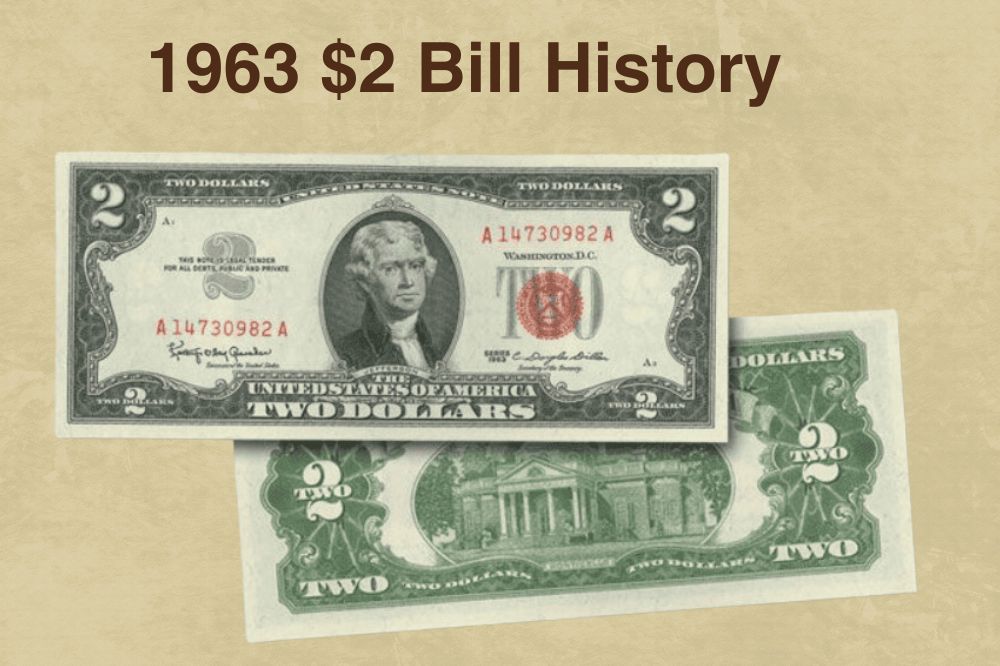
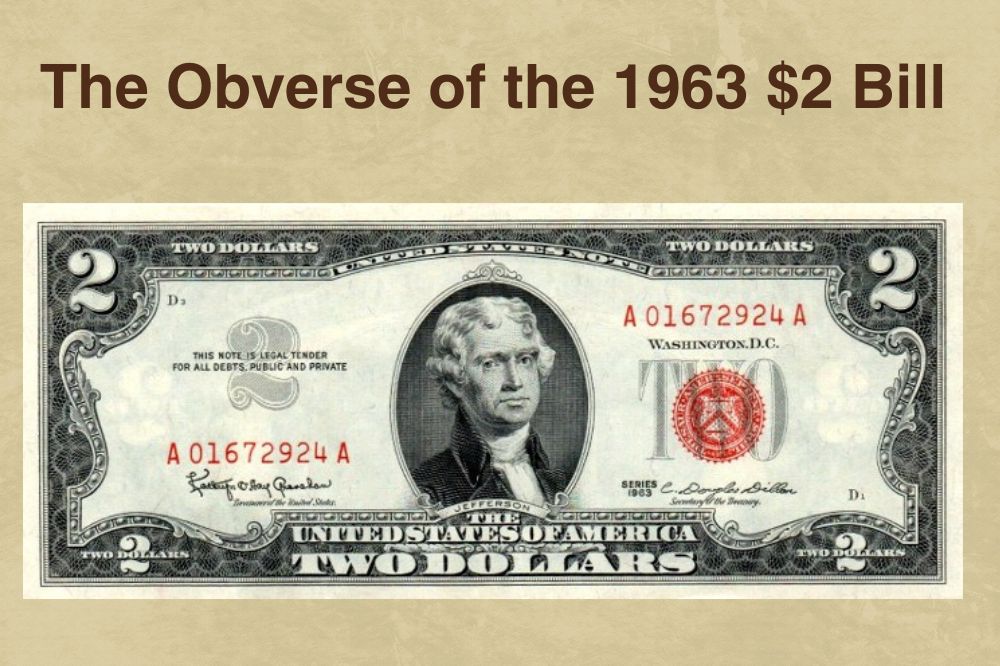
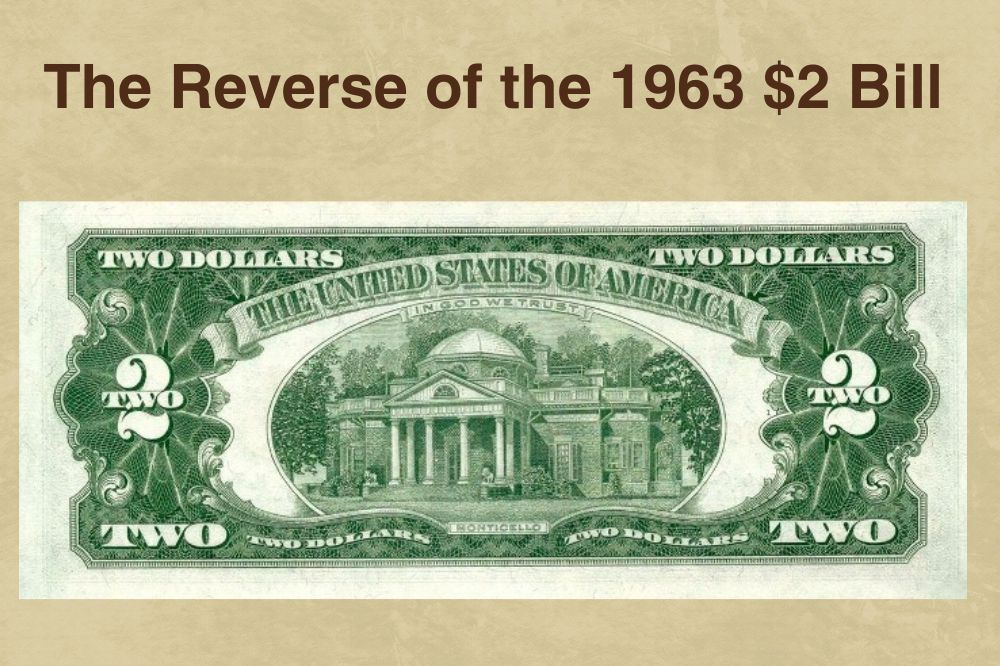
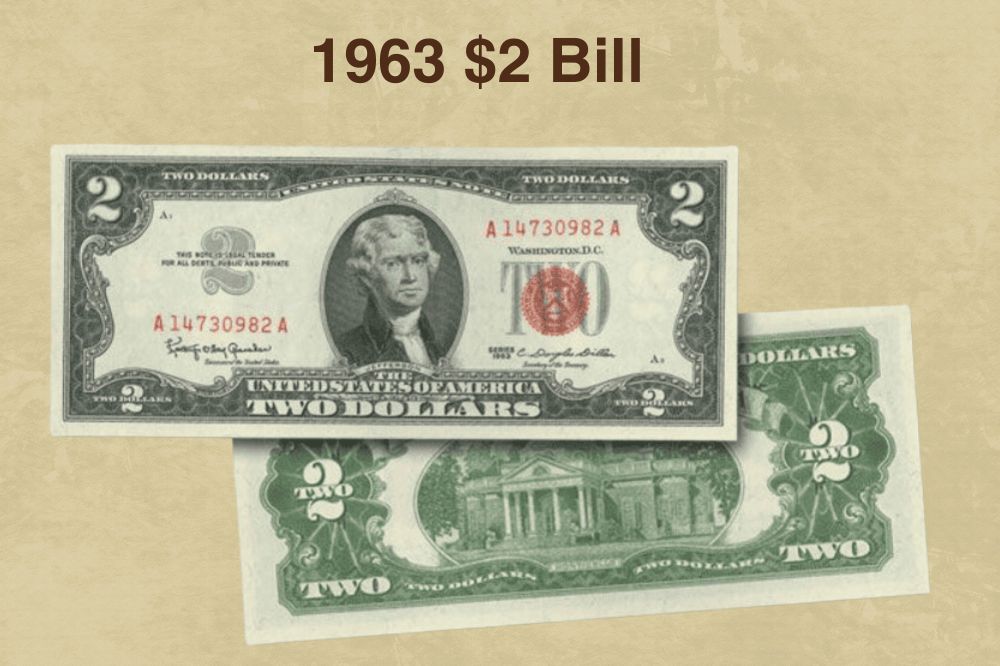
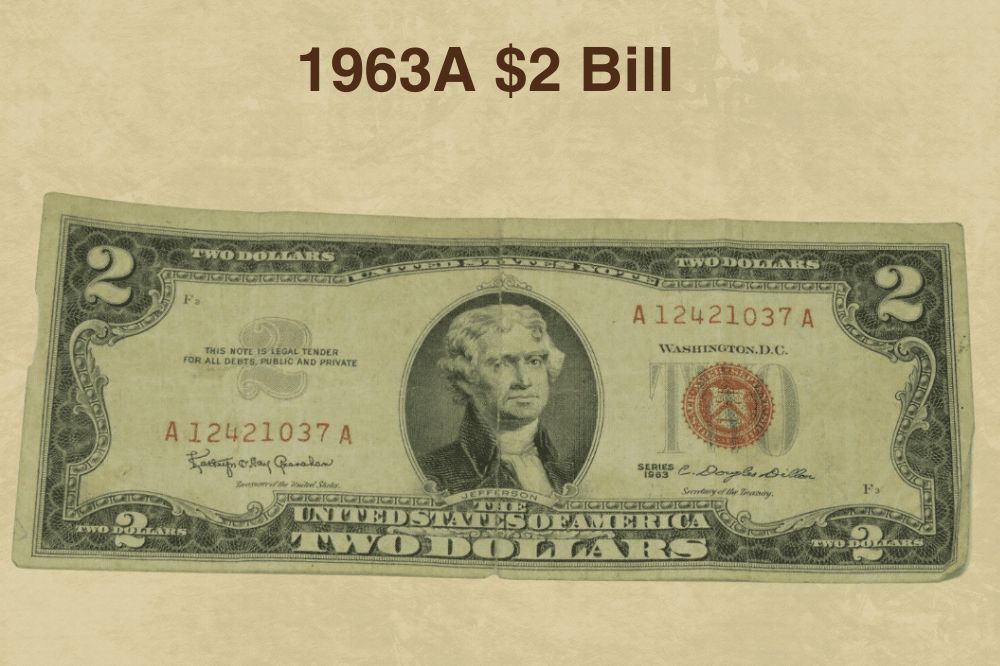
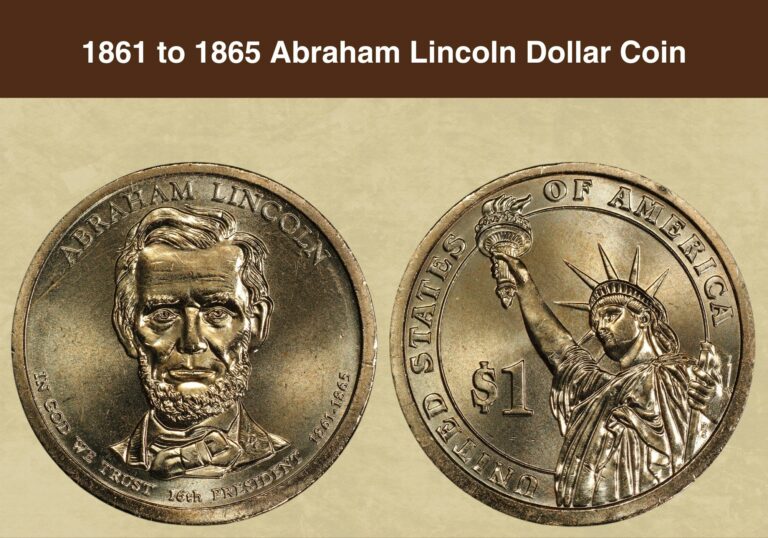
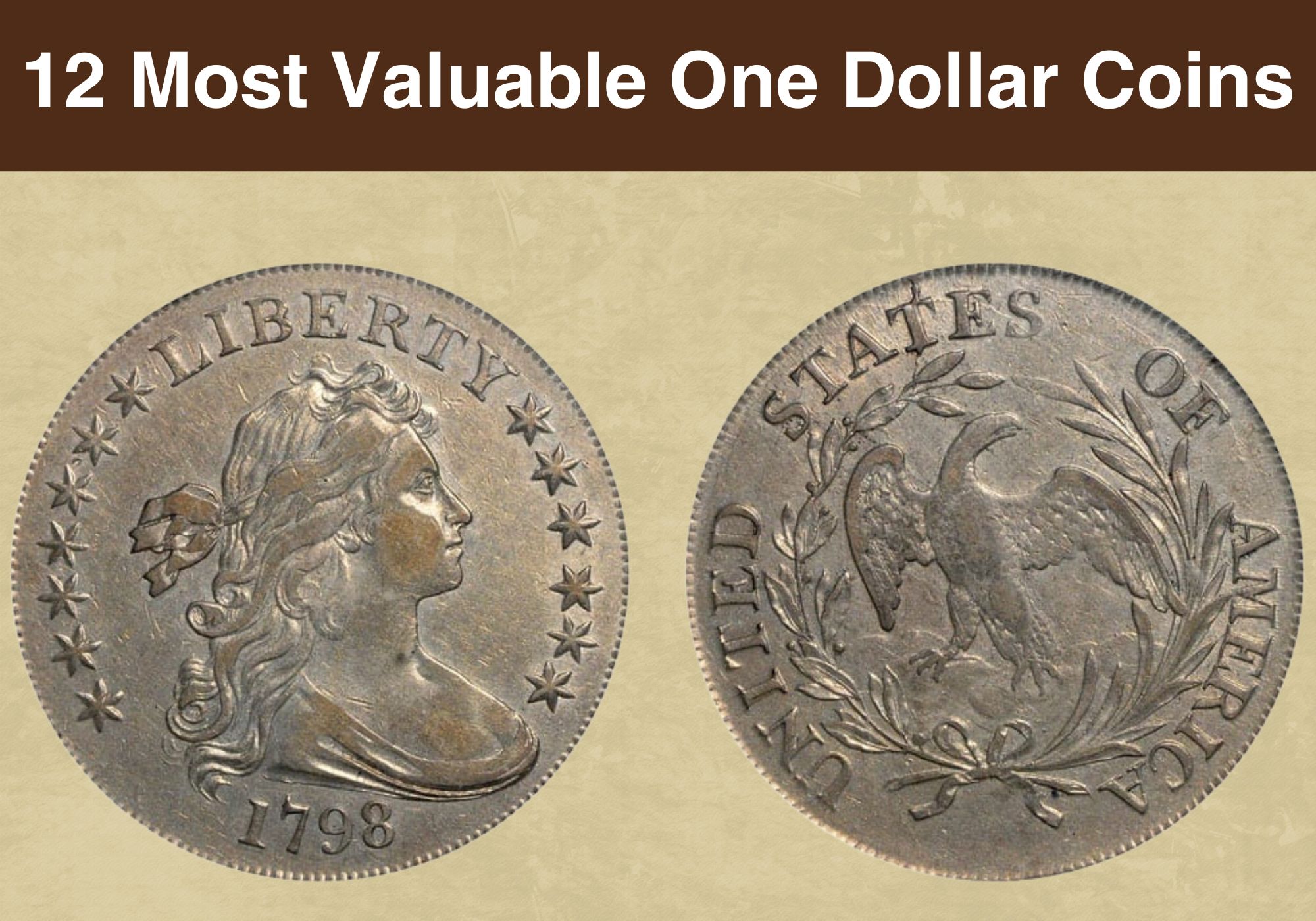
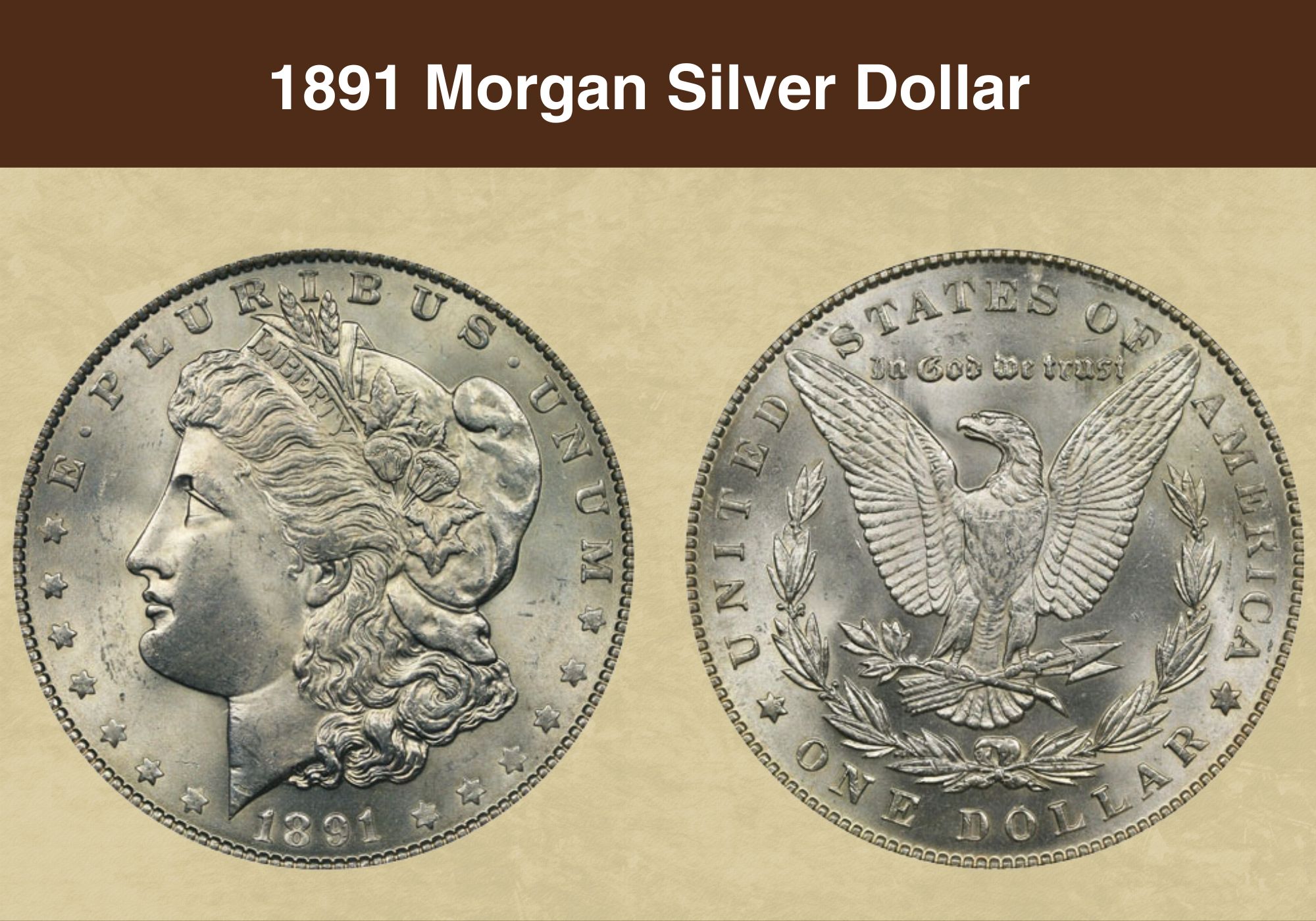
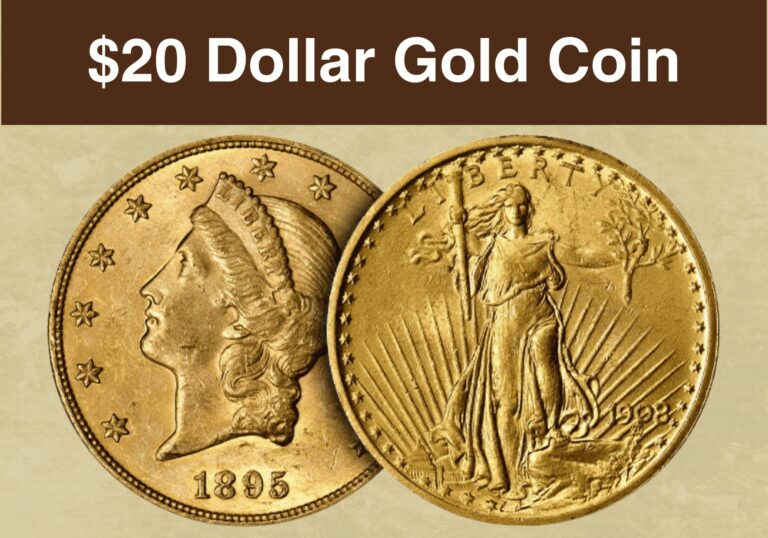
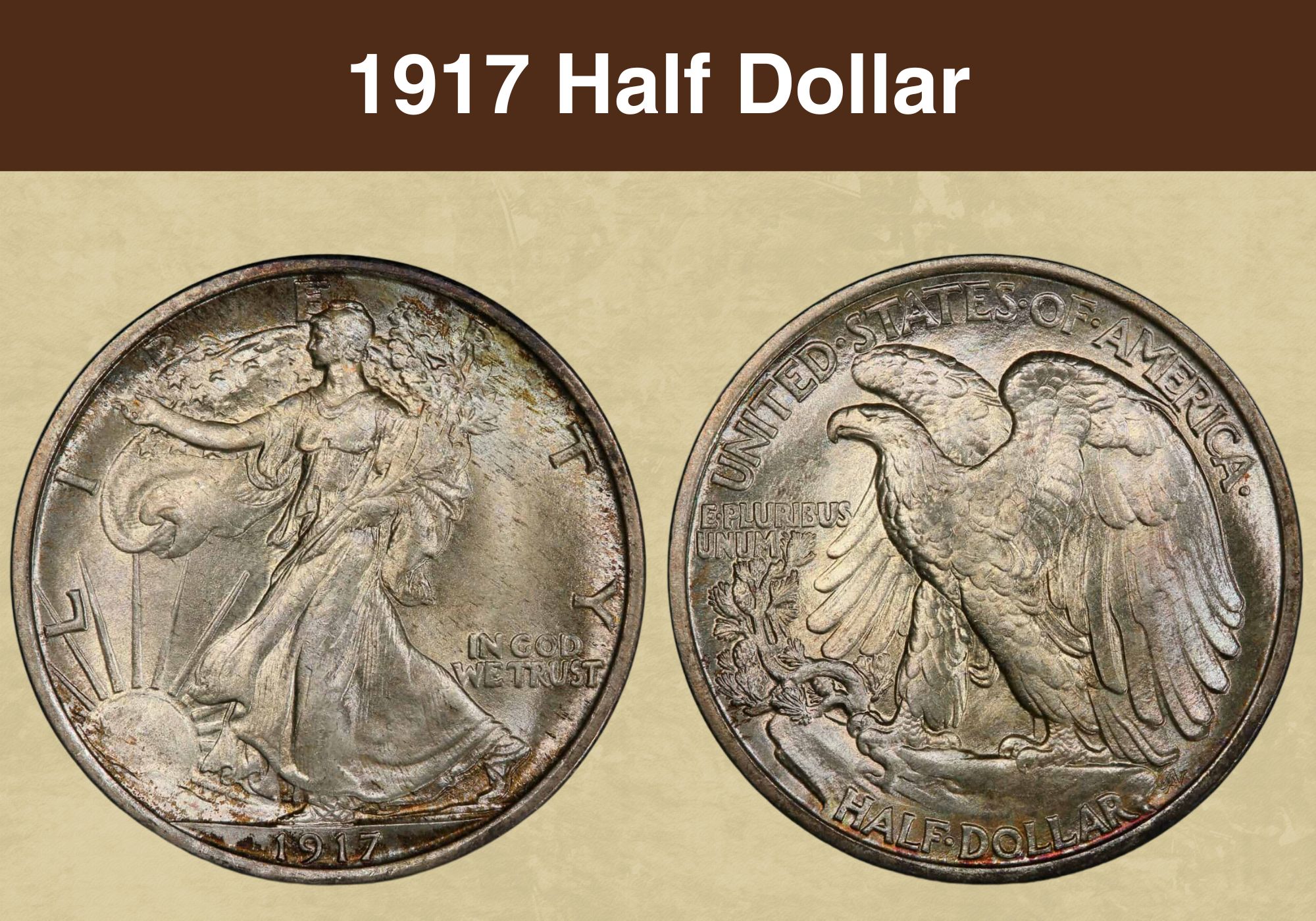
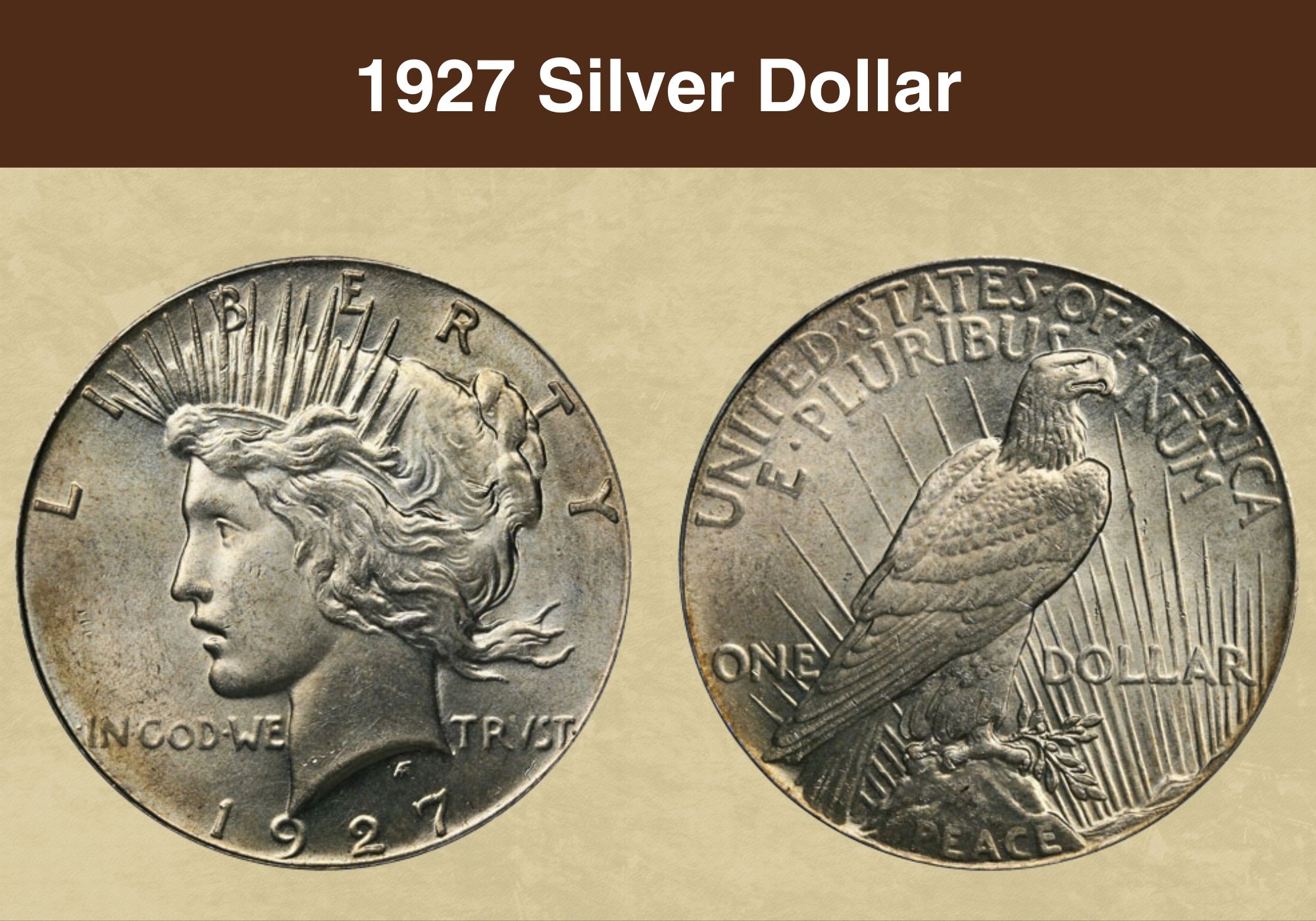
trying to find the value of a $2.00 bill. 1963 Red Seal with a red star in front of the serial number 00014183. Extreme right lower corner has A 1. I don’t know how to value the condition except it appears good, but not uncirculated. Where would you recommend I sell it if it has any value above face value?
trying to find the value of a $2.00 bill. 1963 Red Seal with a red star in front of the serial number *0008367 A. It appears in good condition except on the back someone has put two markings on the sides of the number Two. (looks like pencil marks)